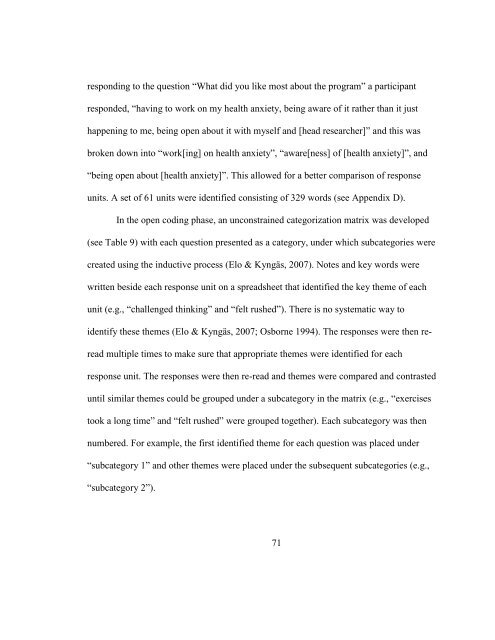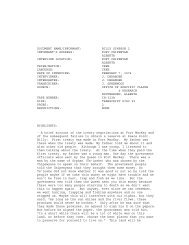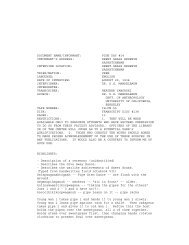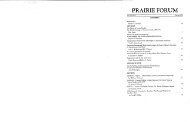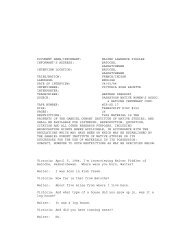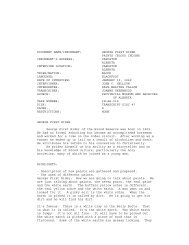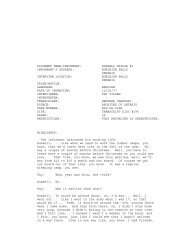Contents of It's not All in Your Head by Asmundson and Taylor
Contents of It's not All in Your Head by Asmundson and Taylor
Contents of It's not All in Your Head by Asmundson and Taylor
Create successful ePaper yourself
Turn your PDF publications into a flip-book with our unique Google optimized e-Paper software.
espond<strong>in</strong>g to the question ―What did you like most about the program‖ a participant<br />
responded, ―hav<strong>in</strong>g to work on my health anxiety, be<strong>in</strong>g aware <strong>of</strong> it rather than it just<br />
happen<strong>in</strong>g to me, be<strong>in</strong>g open about it with myself <strong>and</strong> [head researcher]‖ <strong>and</strong> this was<br />
broken down <strong>in</strong>to ―work[<strong>in</strong>g] on health anxiety‖, ―aware[ness] <strong>of</strong> [health anxiety]‖, <strong>and</strong><br />
―be<strong>in</strong>g open about [health anxiety]‖. This allowed for a better comparison <strong>of</strong> response<br />
units. A set <strong>of</strong> 61 units were identified consist<strong>in</strong>g <strong>of</strong> 329 words (see Appendix D).<br />
In the open cod<strong>in</strong>g phase, an unconstra<strong>in</strong>ed categorization matrix was developed<br />
(see Table 9) with each question presented as a category, under which subcategories were<br />
created us<strong>in</strong>g the <strong>in</strong>ductive process (Elo & Kyngäs, 2007). Notes <strong>and</strong> key words were<br />
written beside each response unit on a spreadsheet that identified the key theme <strong>of</strong> each<br />
unit (e.g., ―challenged th<strong>in</strong>k<strong>in</strong>g‖ <strong>and</strong> ―felt rushed‖). There is no systematic way to<br />
identify these themes (Elo & Kyngäs, 2007; Osborne 1994). The responses were then re-<br />
read multiple times to make sure that appropriate themes were identified for each<br />
response unit. The responses were then re-read <strong>and</strong> themes were compared <strong>and</strong> contrasted<br />
until similar themes could be grouped under a subcategory <strong>in</strong> the matrix (e.g., ―exercises<br />
took a long time‖ <strong>and</strong> ―felt rushed‖ were grouped together). Each subcategory was then<br />
numbered. For example, the first identified theme for each question was placed under<br />
―subcategory 1‖ <strong>and</strong> other themes were placed under the subsequent subcategories (e.g.,<br />
―subcategory 2‖).<br />
71


